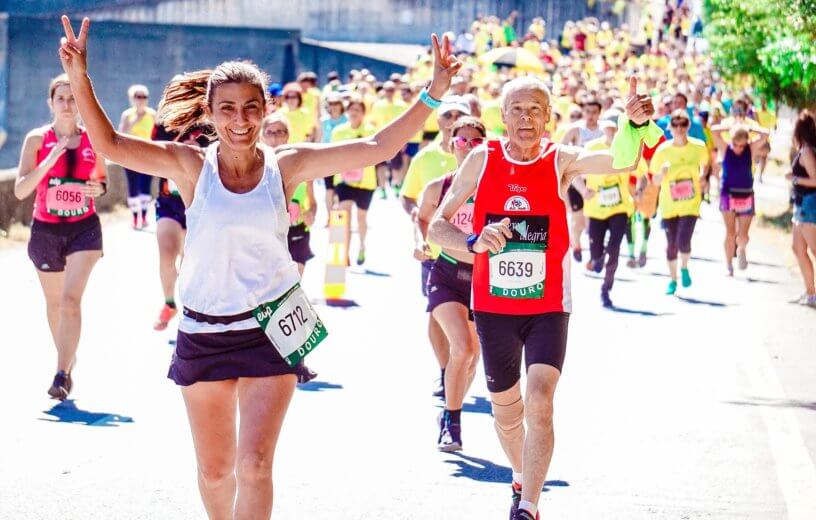LONDON — For those considering trying out their first marathon, it can seem like an intimidating task. While there’s no getting around the fact that running a marathon will push one’s physical limits, a new study finds it can do some serious health wonders as well. According to researchers in London, training for and completing a marathon for the first time can result in reductions in blood pressure and aortic stiffness that is equivalent to turning one’s body clock back by four years from a vascular health perspective!
The greatest vascular benefits were seen in older, male marathon runners who had particularly high blood pressure before starting training, researchers say.
“As clinicians are meeting with patients in the new year, making a goal-oriented exercise training recommendation — such as signing up for a marathon or fun-run–may be a good motivator for our patients to keep active,” notes senior author Charlotte H. Manisty, MD, of the Institute of Cardiovascular Science at University College London and Barts Heart Centre in London, in a release. “Our study highlights the importance of lifestyle modifications to slow the risks associated with aging, especially as it appears to never be too late as evidenced by our older, slower runners.”
Arterial stiffening is an unavoidable aspect of growing older, but it also increases one’s risk of developing cardiovascular disease; it contributes to increased pulse pressure, and has also been linked to other issues such as dementia and kidney diseases. While blood pressure medication can help alleviate arterial stiffening, the research team wanted to examine how regular aerobic fitness can help reduce the onset of arterial stiffening.
For the study, a group of 138 generally healthy, first-time marathon runners were studied as they participated in the 2016 or 2017 London marathon. Each person was examined before they started training, and then again after completing a marathon. The researchers wanted to see if age-related aortic stiffening could be reversed, at least to a certain degree, by exercise.
Before beginning their training regiments, each participant had no prior medical history of cardiac issues, and were only running a maximum of two hours per week. In all, 49% of the participants were male, and the average age was 37. Both before and after the marathons, blood pressure readings were taken, as well as aortic stiffness measurements. Overall biological “aortic age” was calculated using the relationship between each participant’s age and their aortic stiffness across three levels of the aorta.
For their training, each participant was advised to follow a beginner’s training plan provided by researchers. This regiment consisted of three runs per week that steadily became longer and more intense over the course of 17-weeks. This training plan wasn’t mandatory, though, and if an individual wanted to train their own way that was completely fine.
Post-marathon testing revealed that the participants had decreased their systolic blood pressure by 4 mmHg and their diastolic blood pressure by 3 mmHg. Overall aortic stiffness also decreased, especially within the distal aorta area, which is responsible for capacity to swell with pressure. All in all, researchers concluded that training for and running a marathon resulted in an “aortic-age” reduction of four years.
“Our study shows it is possible to reverse the consequences of aging on our blood vessels with real-world exercise in just six months. These benefits were observed in overall healthy individuals across a broad age range and their marathon times are suggestive of achievable exercise training in novice participants,” Dr. Manisty says.
Although this study only included healthy participants, the study’s authors predict that individuals dealing with blood pressure and stiffer arteries can likely expect even greater benefits from engaging in such a training regiment.
The study is published in the Journal of the American College of Cardiology.
